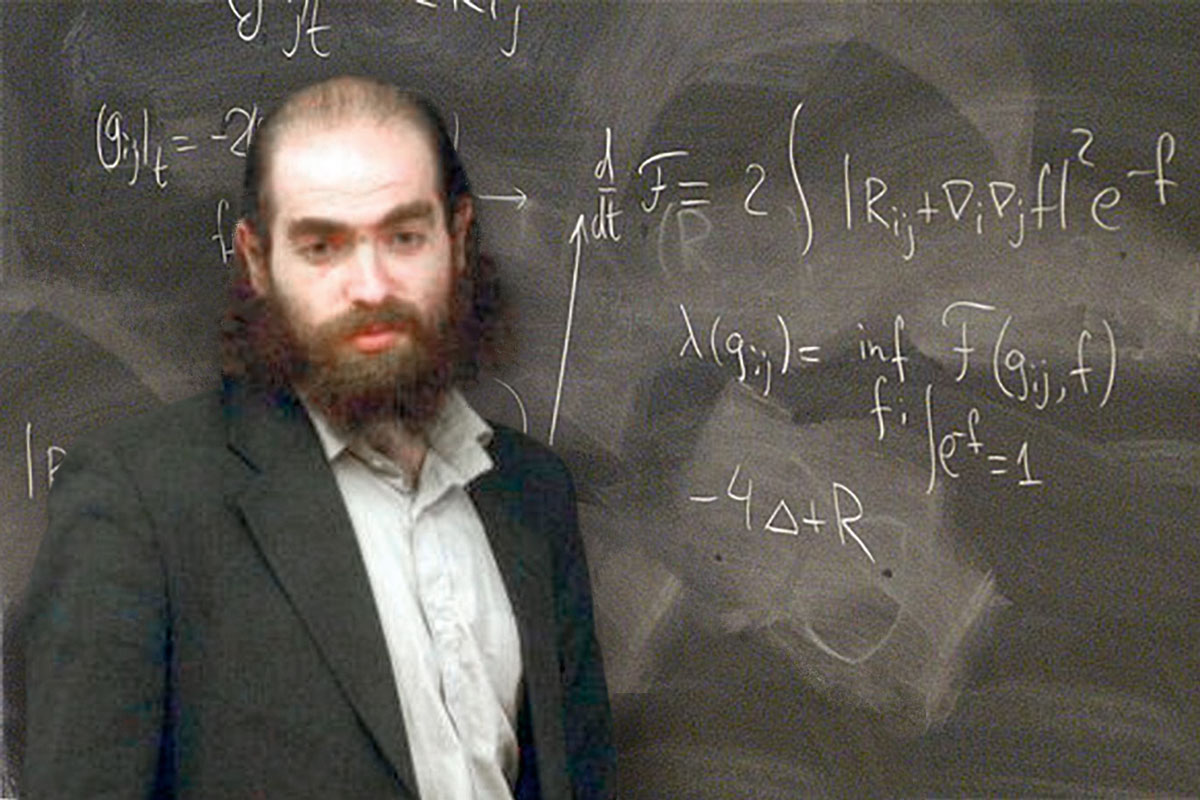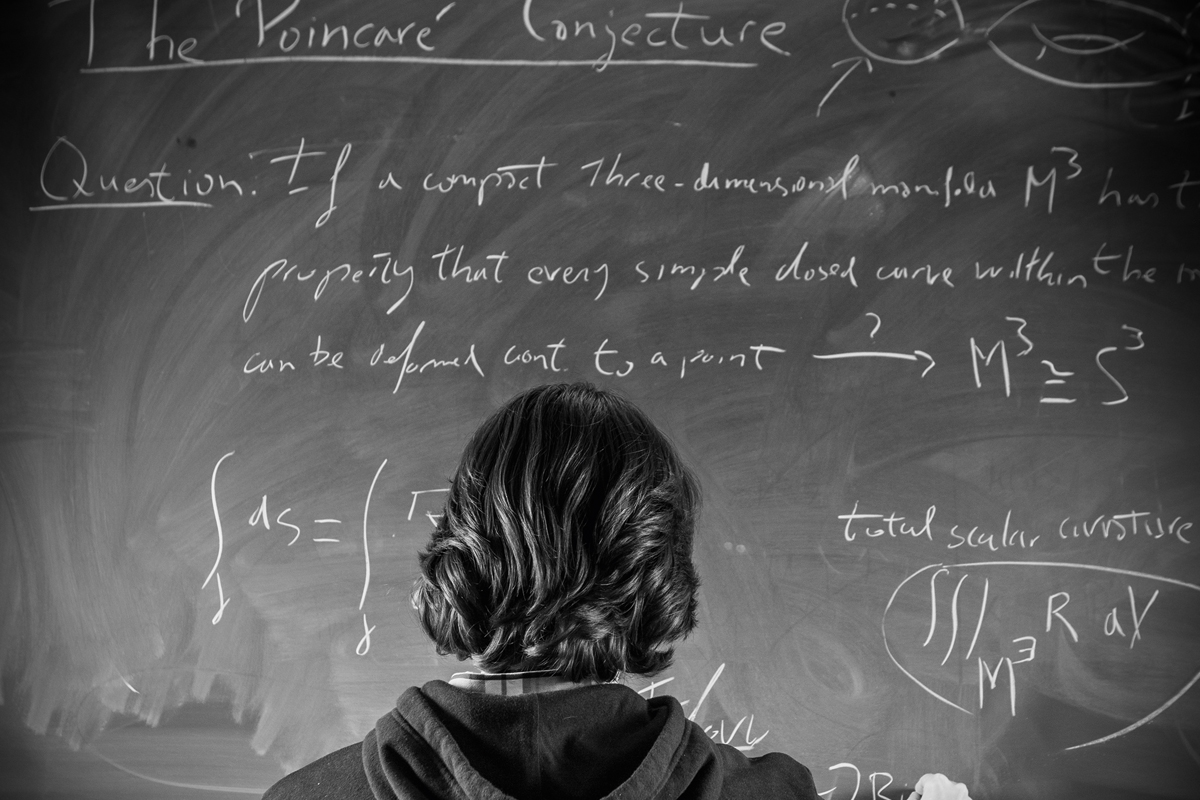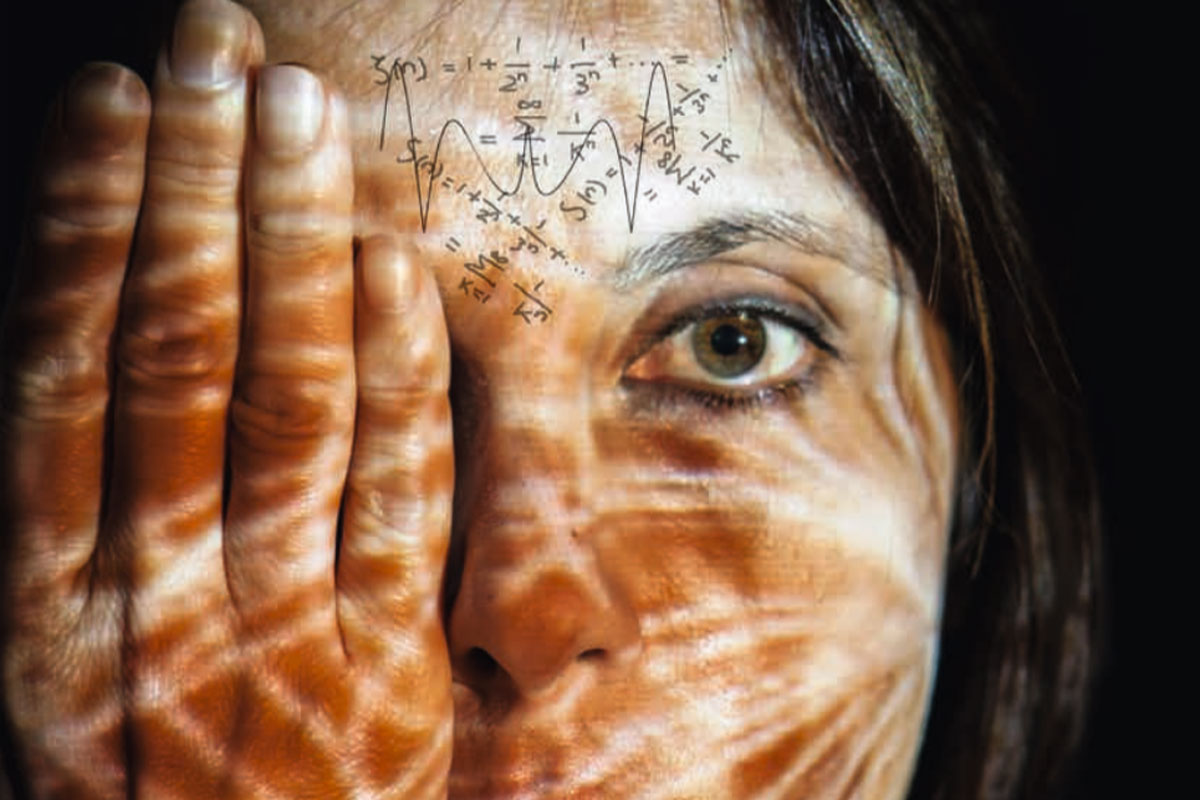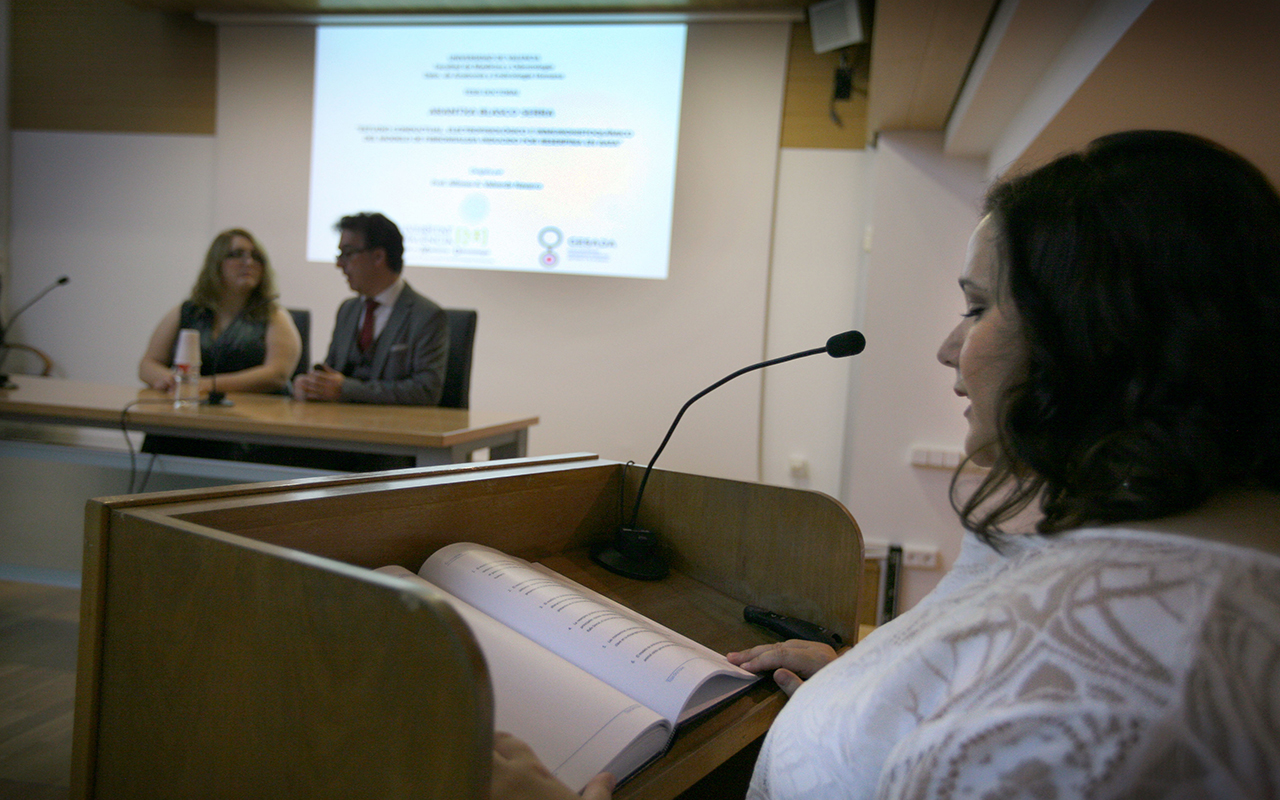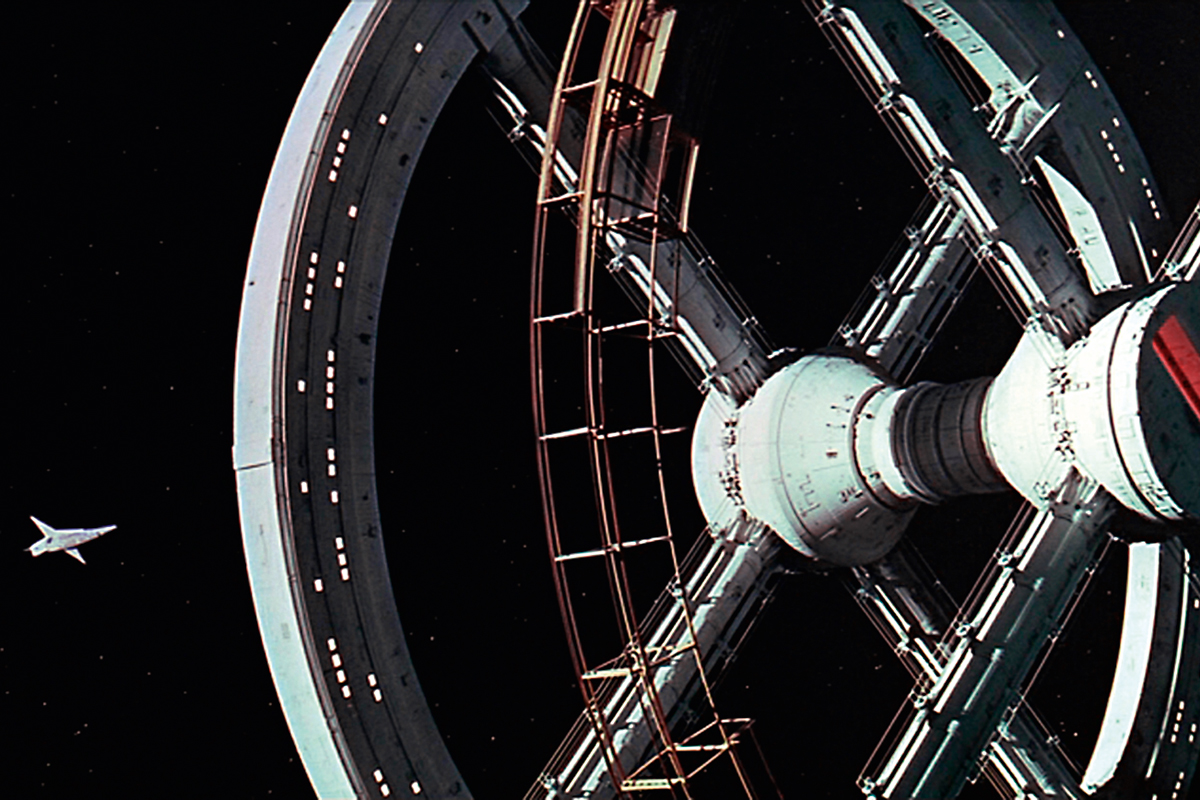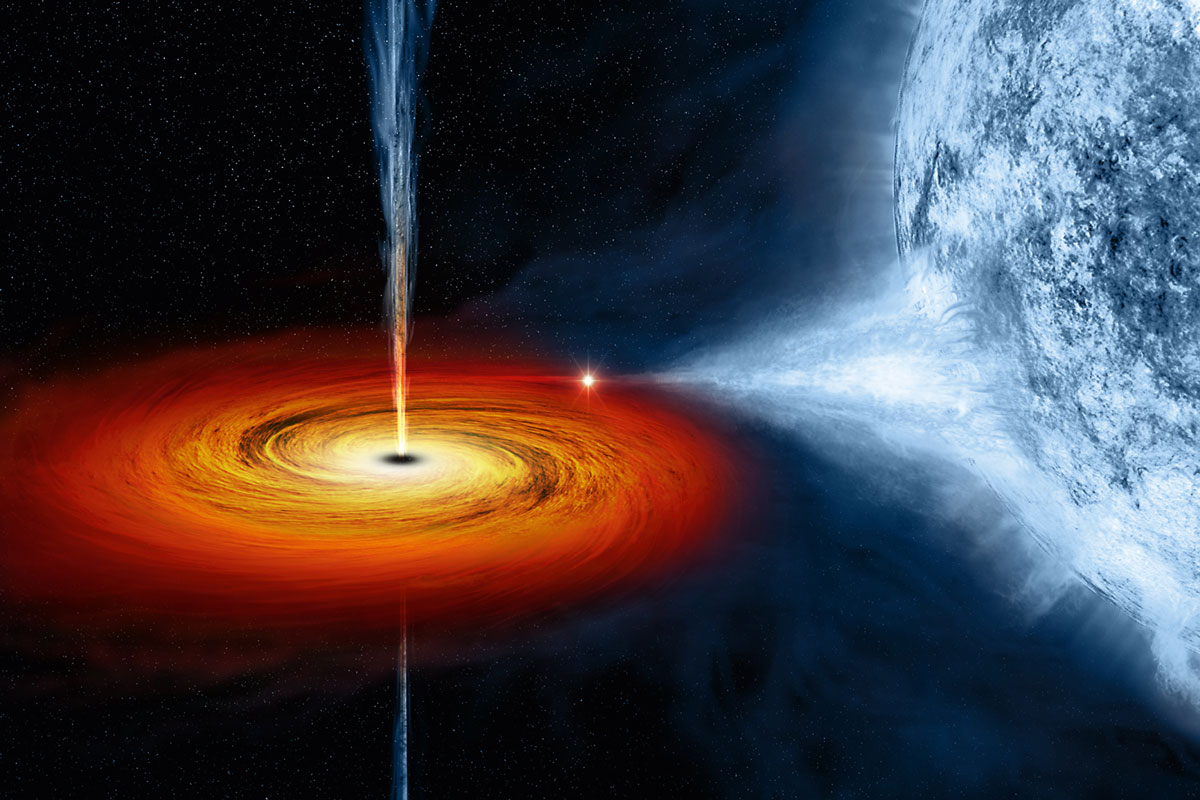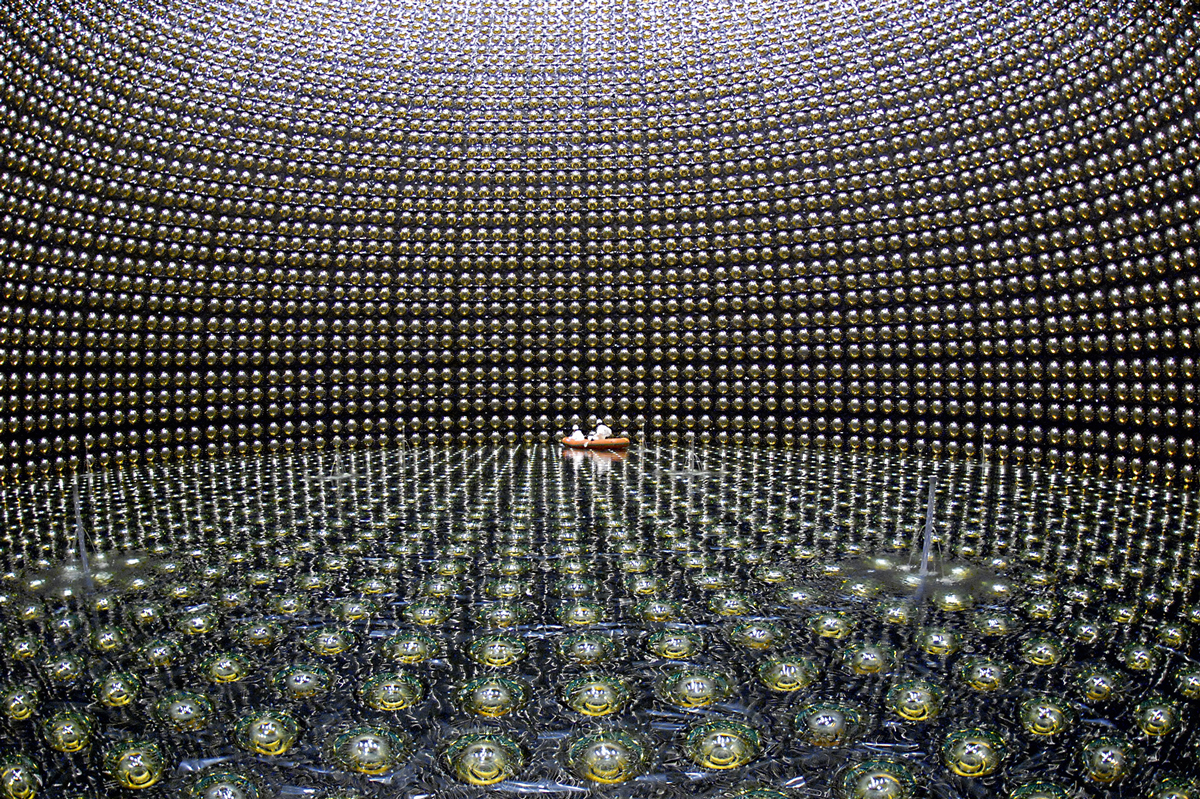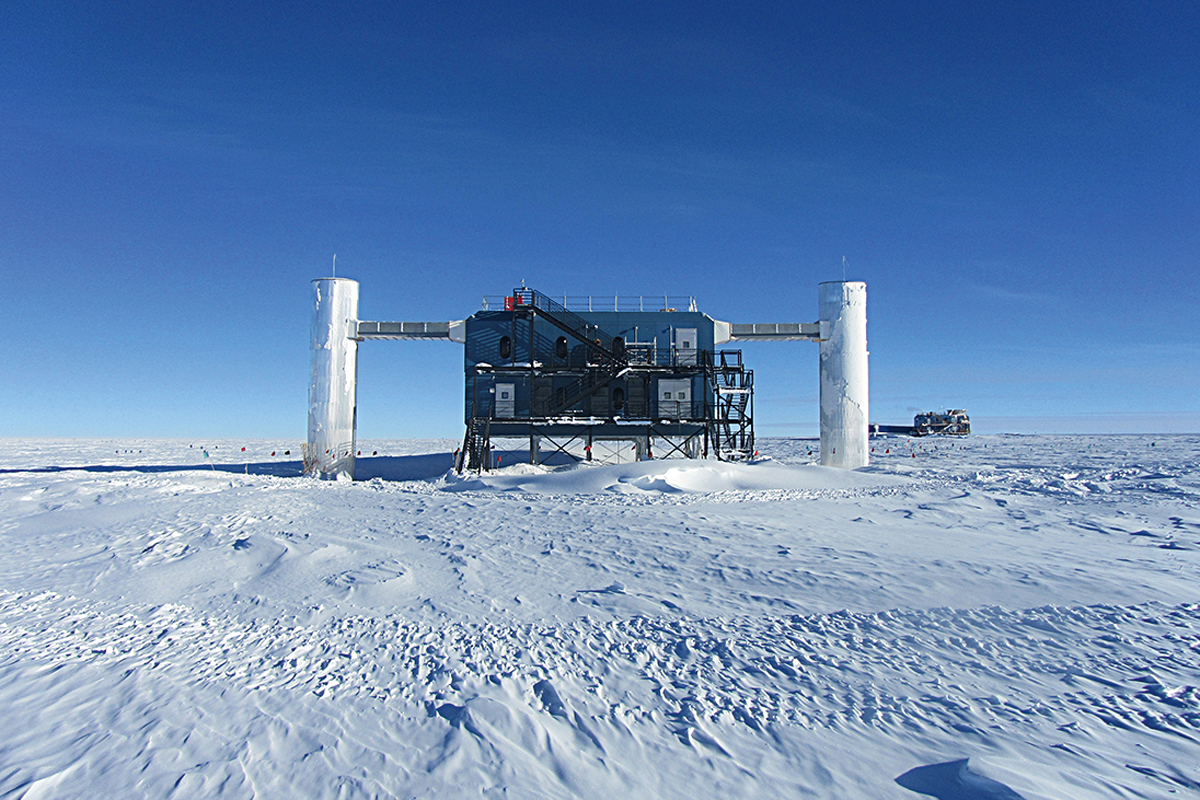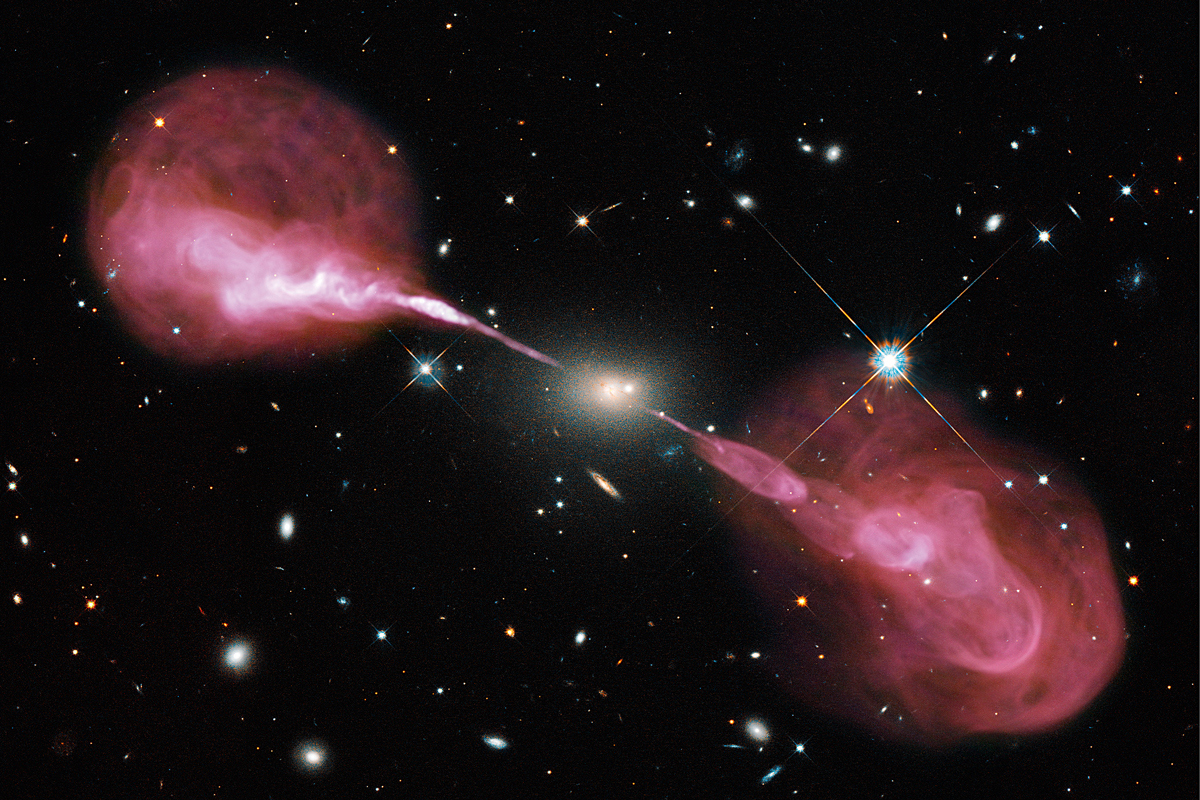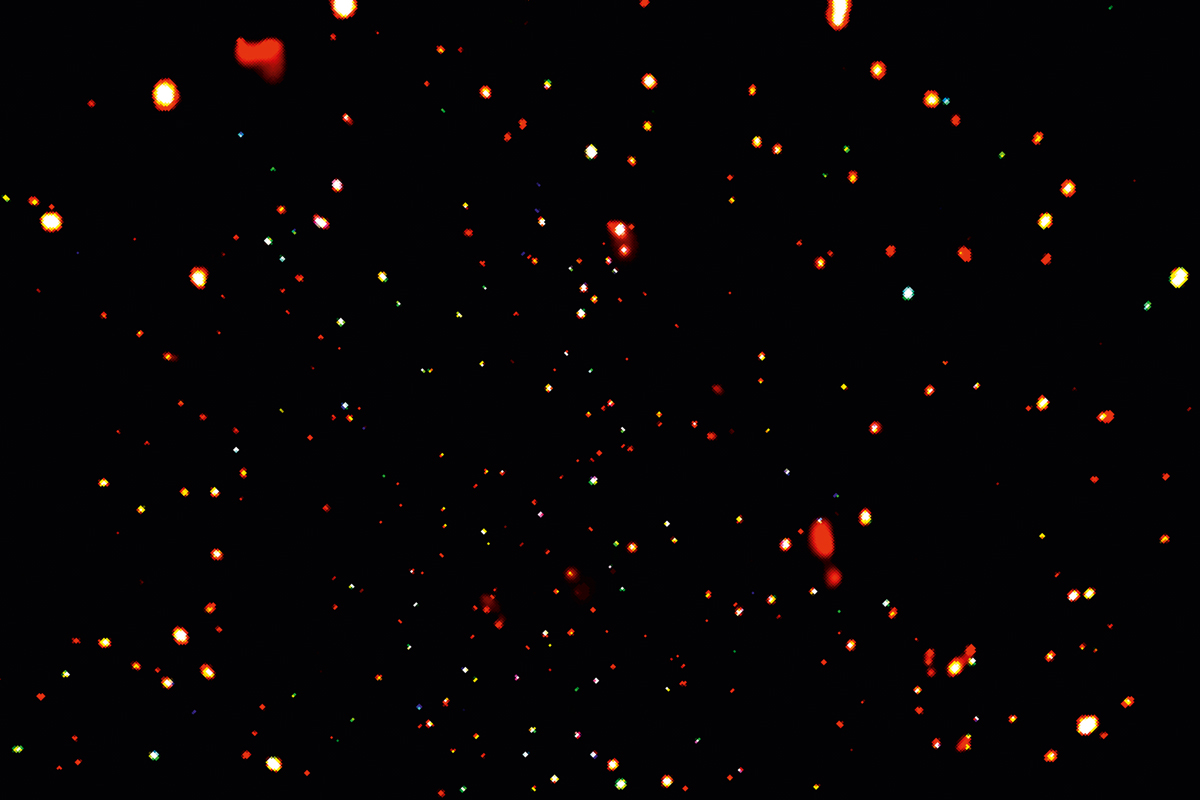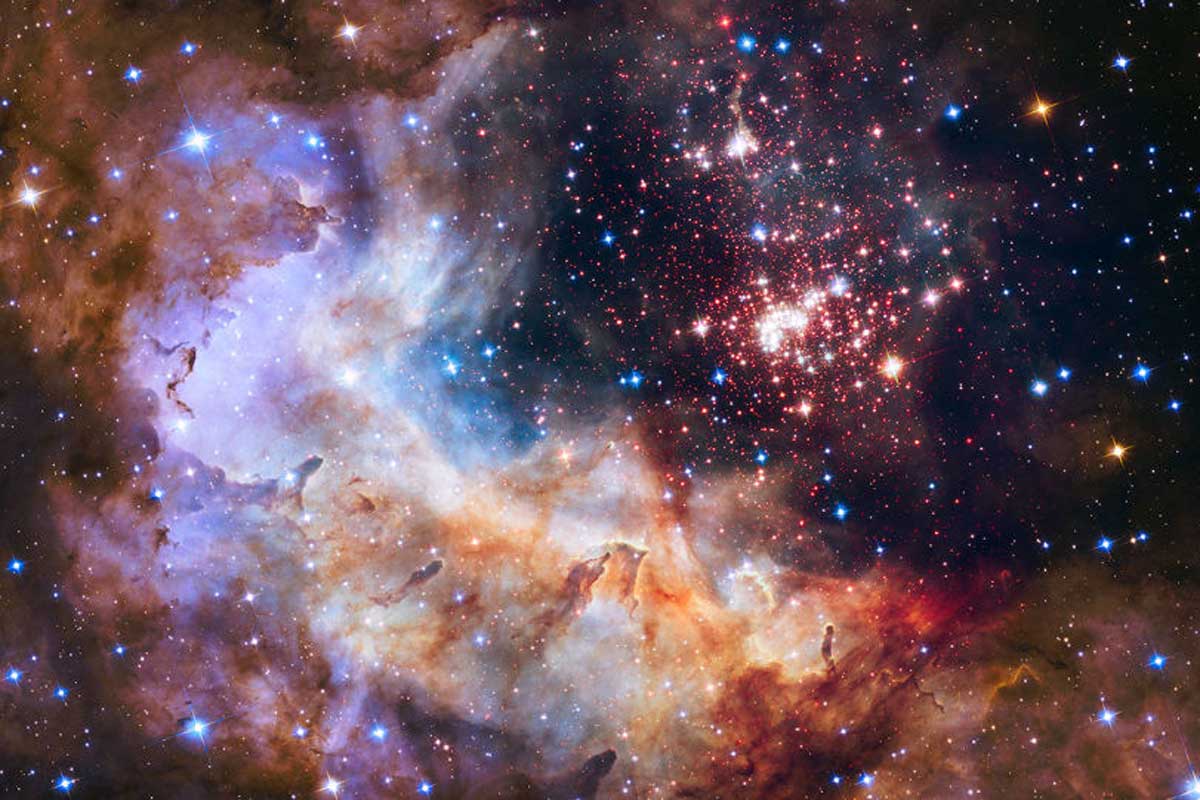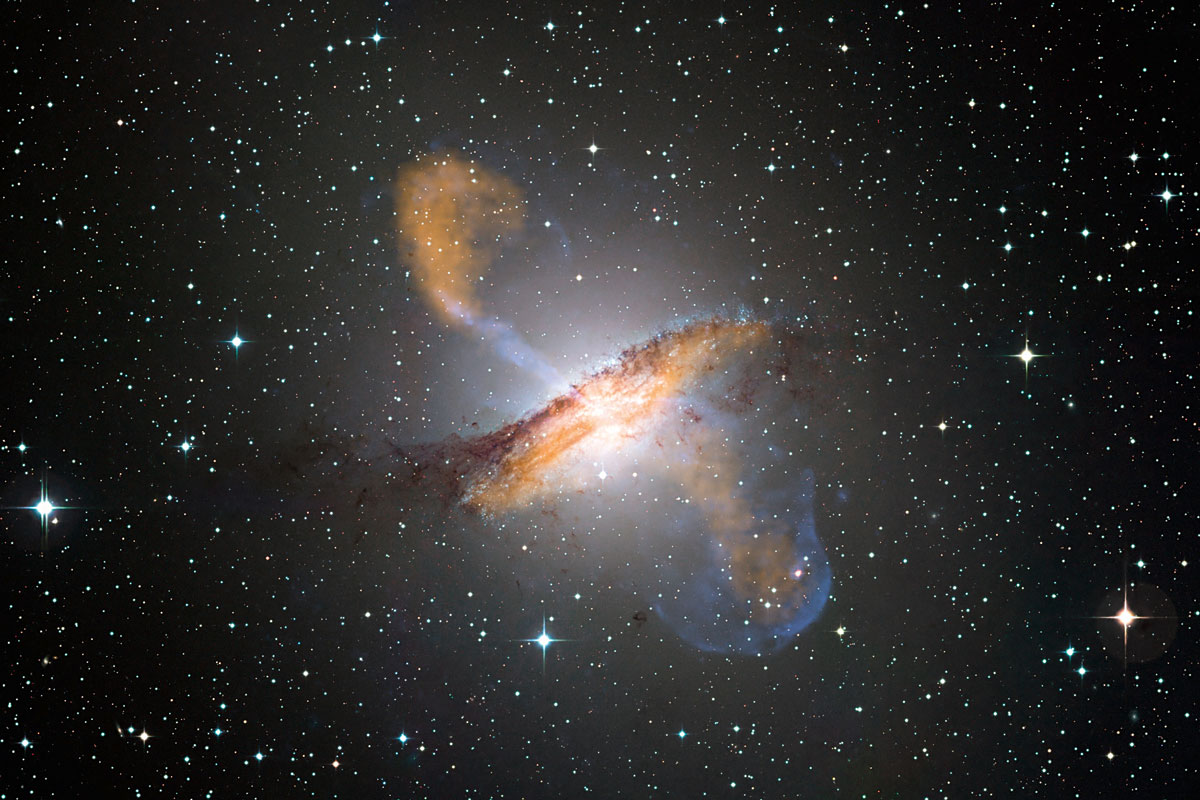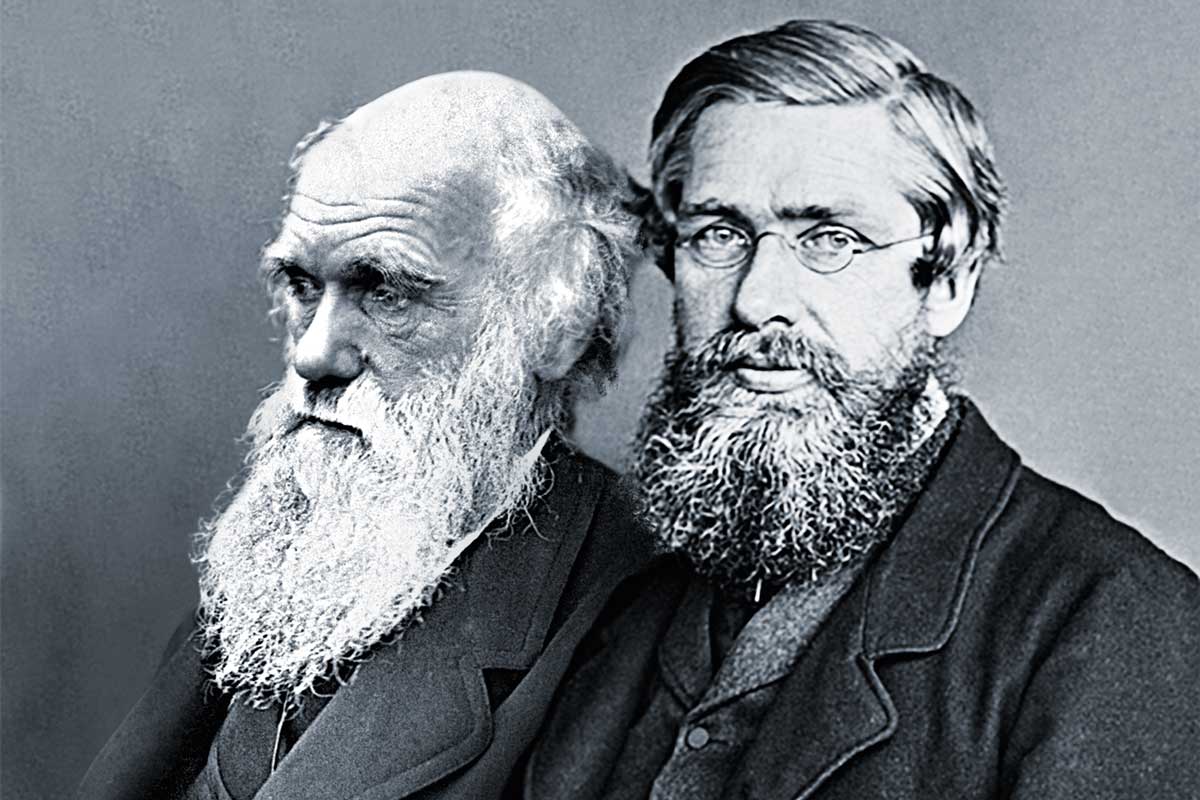Search
Women remained invisible in health sciences until the late twentieth century because they were not included in the cohorts used in researched studies. Thanks to the work done by different
The institutionalisation of equality policy in science should facilitate progress towards equality in a space that wants to consider itself merit (and ability) driven.
Scientific philosophy is that which is informed by science. It uses exact tools such as logic and mathematics and provides a framework for scientific activity to solve more general questions
Understanding the nature of the main constituents of the universe is crucial to obtain a precise description of the way in which it reached its present state.
ABSTRACT Unlike the case of Galileo, the Catholic Church has managed evolutionism and Charles Darwin’s work with discretion. Among Catholic scientists, some defend a variety of evolutionism which is peppered with
ABSTRACT At the beginning of the atomic age, Francoist Spain launched an expensive project to develop, research and use nuclear energy. Scientists, the military and high-ranking officials in the administration
ABSTRACT Science is not «above» politics and ethics: it is intrinsically political, and constantly raises ethical dilemmas. The consequences of evading such issues were made particularly clear in the actions
ABSTRACT Agreeing that there are often strong connections between fields of science and the ideological convictions of those producing the science, this essay shows that the connections are often complex and
Knowledge without conscience is but the ruin of the soul», François Rabelais wrote. With this famous sentence, the French writer warned about the danger of letting ourselves be carried away

